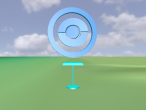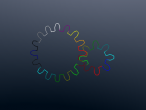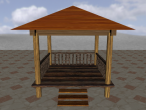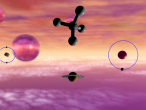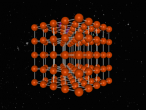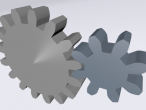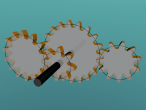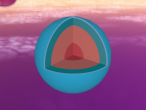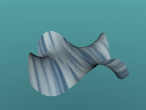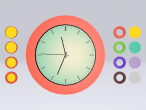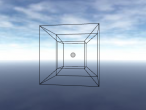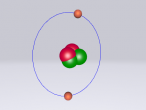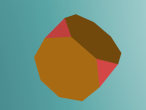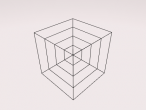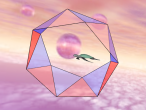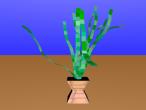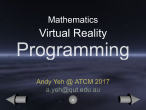Programming

Ethanol Molecule
Ethanol is a molecule containing a mere 9 atoms of which there are 3 different atoms and has been known to human long prior to the advent of modern chemistry.
- 2 comments
- Read more
- 6217 reads

Sodium Chloride Molecule
Atoms are the basic building blocks of matter, fundamental and key to the formation of everything that exists around us. They make up the air, our bodies and even the very screen that you are staring at right now. Each atom has its own unique atomic structure along with its different characteristics.
These atoms join together into groups to form molecules of either elements or compounds. Elements can only consist of the same type of atoms that cannot be broken down into simpler substances, whereas compounds are made of two or more elements that are chemically bound together. An example of an important molecule in everyday life is Sodium Chloride or commonly known as salt.





